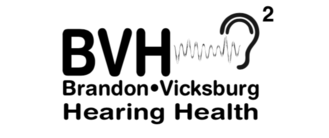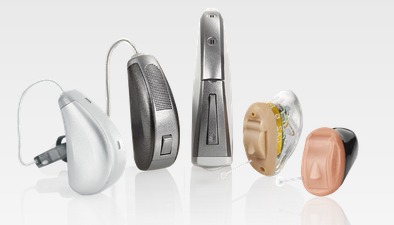Hearing Aids: What Are They, And Why Do You Need One?
— We would like to thank our sister clinic Fountain Hills Hearing Health for proving us with this great article!
Hearing aids, similar to how spectacles work, do not restore normal hearing, acting instead as tools to enhance your audio experience. They generally consist of the following four components:
1) A microphone that intercepts incoming sounds and turns them into digital signals
2) An amplifier; that is, a chip that enhances the signals depending on user configurations
3) A speaker that converts this enhanced signal into a louder sound for hearing
4) A battery.
It can be confusing to have to choose among the various types available on the market. Fountain Hills Audiologist/Hearing Specialist Martin Case, believes it’s prudent for his patients to know what’s available. Usually, hearing aids are classified by their size and position. Here’s a handy overview to get you started.
Behind the ear (BTE)
BTE is the classic model – the speaker is fitted in the ear and is linked to the amplifier and microphone via a thin tube. The latter two are housed in a box that sits on top of the ear, resembling a hooked Bluetooth earphone. Volume and program options can be accessed easily. These are more powerful due to their larger size, and can assist with profound hearing loss, the highest classification.
In the ear (ITE)
All the components are fitted into a small shell that can be contained within your ear canal, resembling an earplug. These are custom made to fit its user. Newer technologies enable ITEs to provide increasingly powerful amplification without an addition in size, though generally its range is still not as broad as BTEs.
A small portion remains visible in the outer ear; this faceplate comes in a host of skin tones to help conceal it. Controls can be adjusted on this faceplate, though this is an optional, not default function.
Completely in canal (CIC) and Invisible in canal (IIC)
Essentially undetectable, these discreet models are good for mild to moderate impairment in hearing. Due to its tiny size, setting adjustment is not usually available, and its batteries are smaller, meaning more frequent replacements. Both come with small, transparent handles or extension cords for removal. The one functional advantage these have over other models is that they pick up less wind noise.
Receiver in canal (RIC) and receiver in the ear (RITE)
Similar to the BTE, the speaker is nestled inside, and is connected to the amplifier and microphone via a thin wire. Unlike the BTE, the box is tucked behind the ear, making it more hidden. RICs and RITEs differ in that the speaker is in the canal or at the mouth of the ear, respectively.
As they are newer, they benefit from modern developments such as waterproofing and earwax proofing that older models may not have (or would otherwise need to be added on). Tinnitus relief devices follow the RIC/RITE model as well.
Open Fit
Open fit hearing aids, like BTEs, have a housing box fitted around the ear, with a thin tube leading deep into the canal. This tube is held in place with a tip against the ear wall. This leaves the ear canal free, allowing for more natural hearing – notably, improving how your own voice sounds to you. It can also be more appealing for those who do not like the idea of having a full device inside their ear.
Extended wear
Unlike the aforementioned models, these do not require surgical placement. As a sort of disposable device, they are worn for months before replacing, and are more resilient without being less comfortable to wear. This is an option worth mentioning if you exercise regularly, or simply would prefer to keep it on at all times – it is waterproof and earwax proof.
What is the best Hearing solution for you?
The sort of hearing aids many patients need really do depend on their individual lifestyles and habits – for instance, how active are you in terms of exercise? Do you visit concerts or gatherings like church services regularly? We understand that “all walks of life” covers a very wide, constantly varying span. Help us help you by painting a clear picture of your activity levels.
Either way, if you require a hearing aid, don’t hesitate! There is everything to gain and little to lose. Listening is a vital part of everyday life, from simply participating in good conversation to being able to react to danger. Indeed, few investments pay off better and more consistently than a hearing aid.
Interested to know more? Give us a ring or send us an email, by visiting our contact page here: http://hearinghealthms.com/contact/
You can get back to the home page by clicking here: http://hearinghealthms.com/

